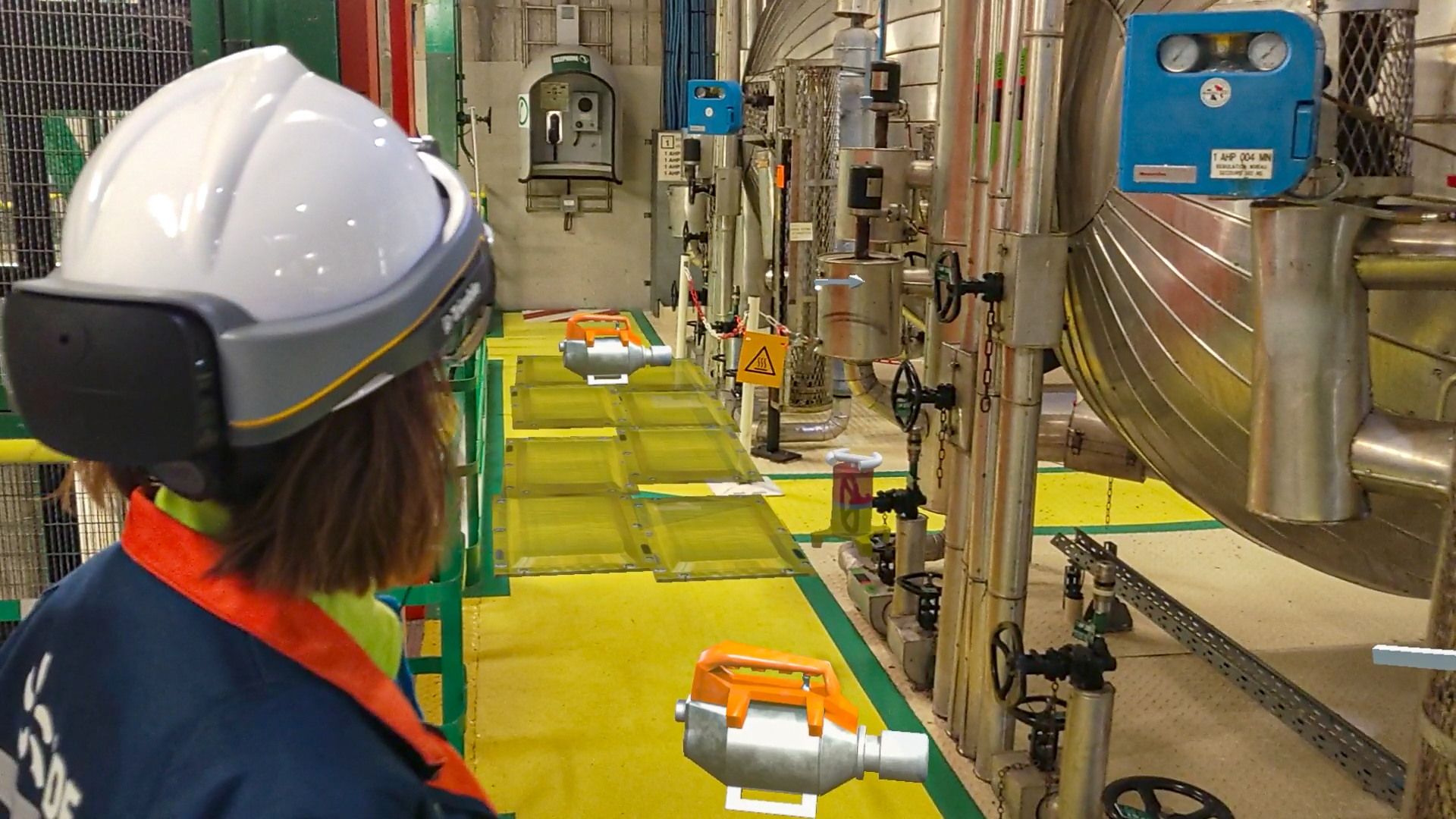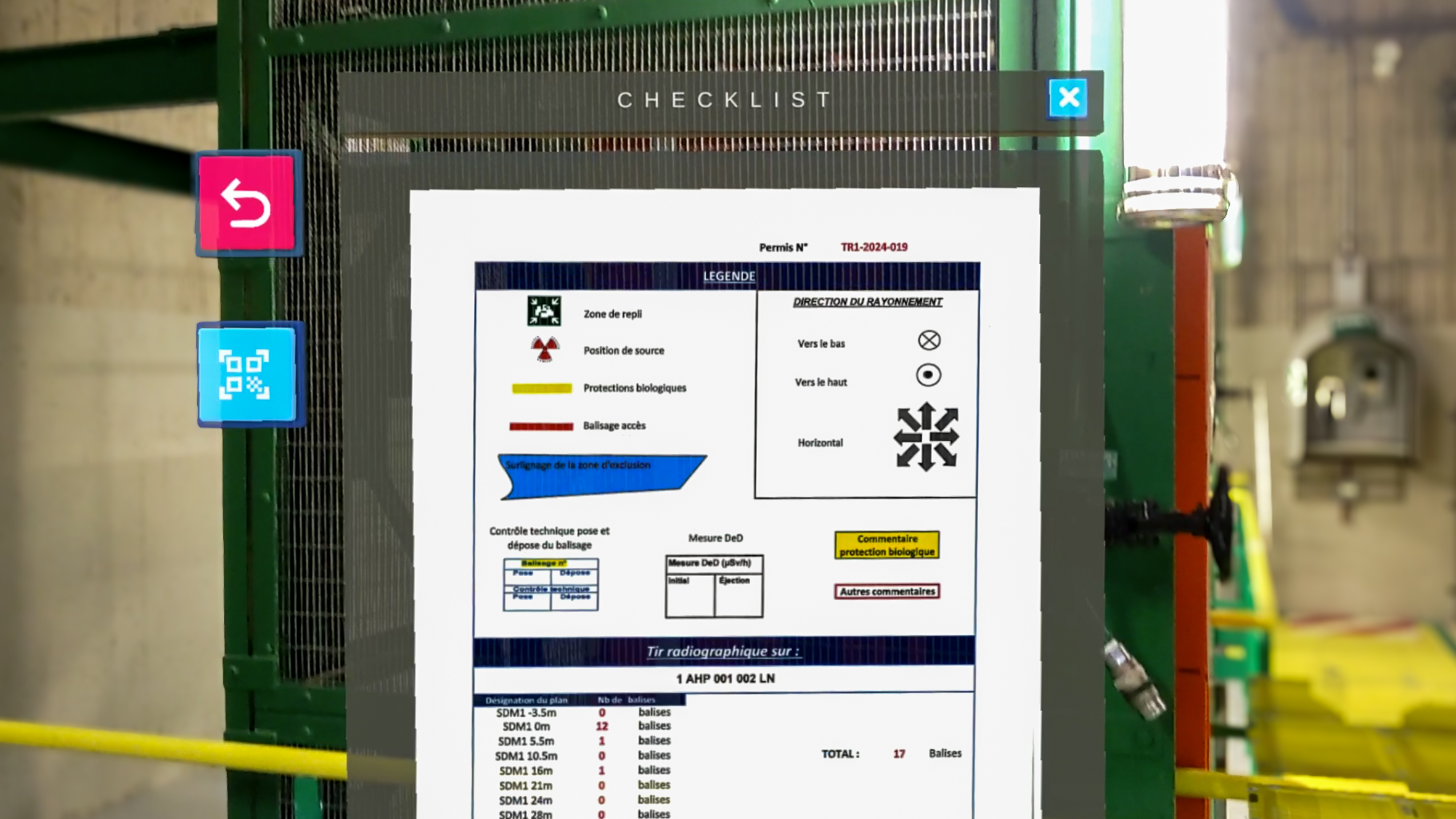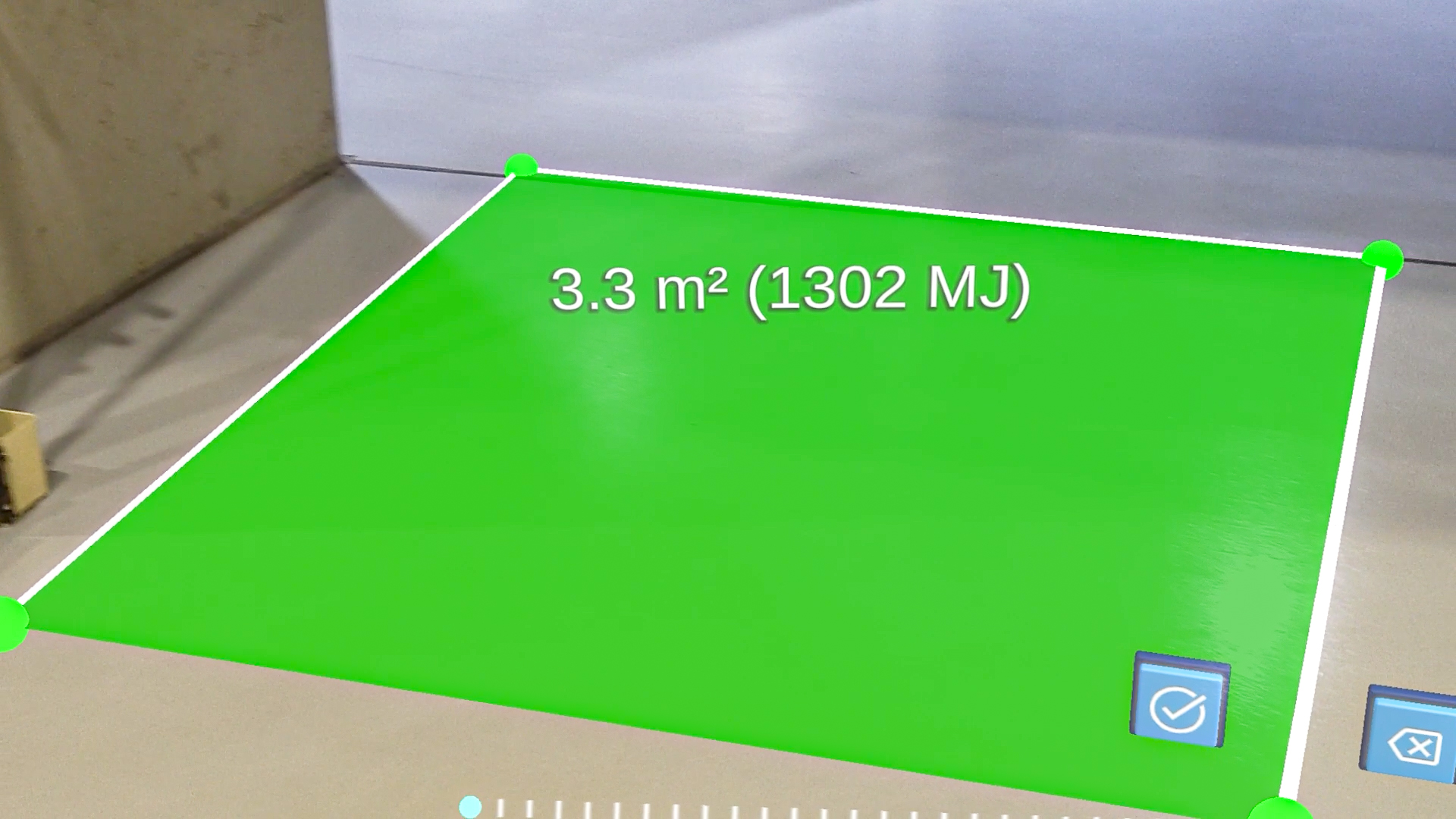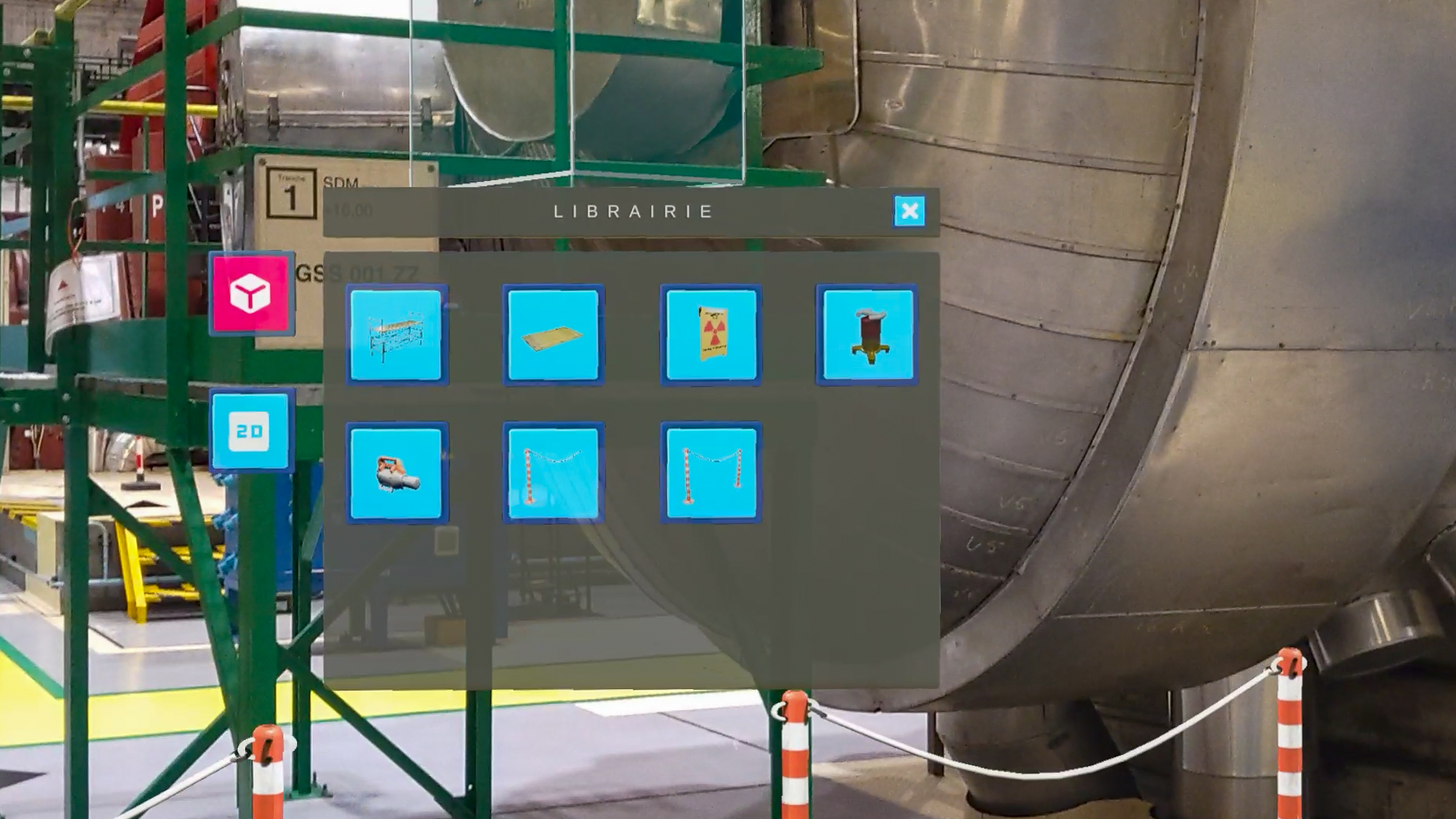

In the white zones of a nuclear power plant, multiple teams such as electricians, pipefitters, technicians and engineers work simultaneously.
This constant coactivity makes coordination complex and increases the risk of interference or incidents, which can lead to significant operational and financial consequences. Each year, planning errors and misinterpretations can generate several million euros in losses across a single nuclear power plant (CNPE).
To address these challenges, we designed VIPER, a prototype augmented reality toolset that enables teams to visualize, plan and secure field operations directly on site.
The objective was to demonstrate how digitalization and immersive visualization can strengthen coordination and improve spatial understanding before any intervention begins.
VIPER enables teams to prepare interventions directly on-site using augmented reality. Operators can virtually define work zones, reserve spaces, and integrate scheduling to coordinate team activities.
The tool also provides assistance with equipment staging, allowing users to virtually place required materials and automatically verify the maximum authorized calorific load, ensuring full compliance with nuclear safety regulations.
By visualizing upcoming operations within the real environment, VIPER significantly reduces misinterpretations caused by paper-based plans and documentation.
Teams gain immediate, shared understanding of work areas, storage zones, and restricted perimeters (including zones closed during radiological operations).
This proof-of-concept demonstrated the operational relevance of augmented reality for nuclear power plants. Several internal departments and service providers have already expressed interest in scaling the solution to improve coordination, reinforce safety, and optimize costs related to co-activity.





